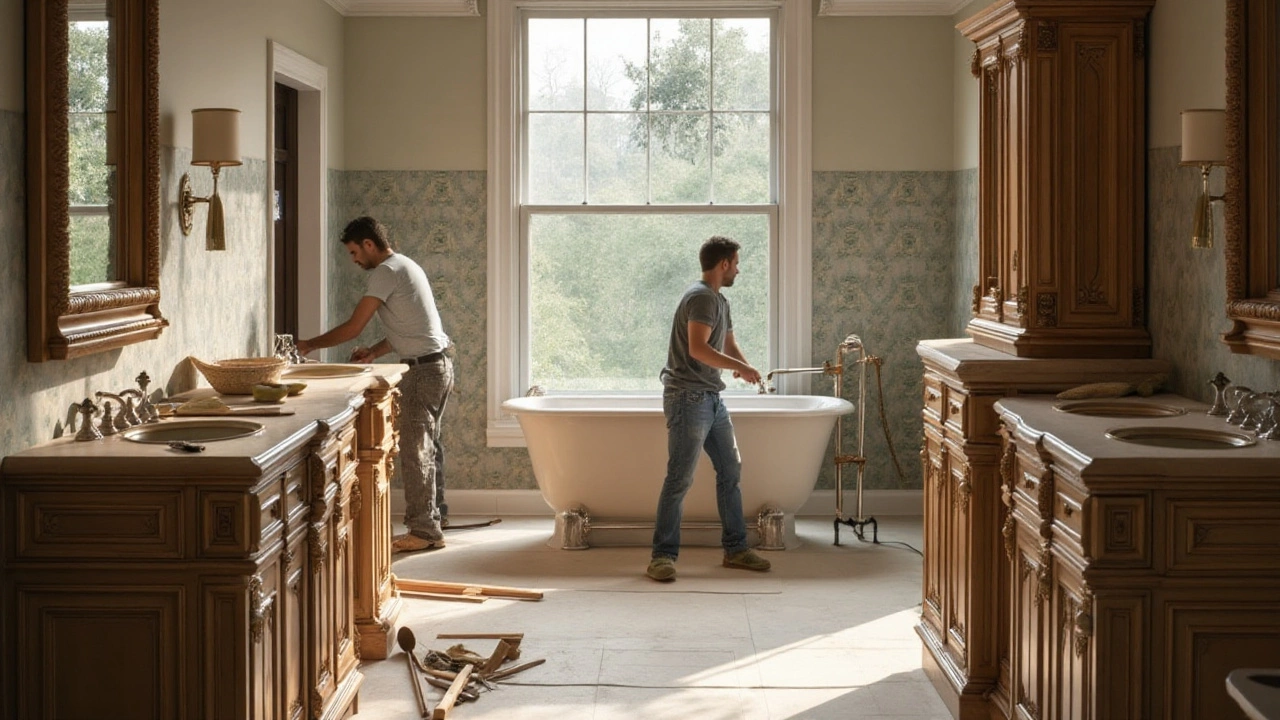Plumbing Tips & Repairs: What Every Homeowner Should Know
Got a leaking pipe under the kitchen sink or water pooling in the basement? You’re not alone. A few simple checks and fixes can stop the damage before it spreads. Below you’ll find the most useful, down‑to‑earth advice for tackling common plumbing problems without calling a pro right away.
Identify the Source Fast
The first step is to locate where the water is coming from. Turn off the main water valve – it’s usually near the meter or in the utility cupboard. If the leak stops, you know it’s a supply issue. If water keeps dripping, the problem is likely a drain pipe or a hidden crack in the wall.
Once the valve is shut, dry the area with a cloth and look for wet spots, rust, or mineral buildup. Those clues point to the exact pipe that needs attention. Spotting the source early saves you from costly floor replacements later.
Quick Fixes for Small Leaks
For tiny drips, a pipe clamp or a piece of rubber and a hose‑clamp can hold water until you arrange a permanent repair. Just wrap the rubber around the leak and tighten the clamp – it’s a reliable stop‑gap.
If the pipe is copper, a little soldering might seal the hole. Clean the area, apply flux, heat with a torch, and add a little solder. For plastic pipes, a simple pipe‑repair kit with epoxy resin works well. Follow the kit instructions, let it cure, then turn the water back on.
Remember, these fixes are temporary. Schedule a professional plumber if the pipe is cracked, corroded, or the leak returns.
When you’re dealing with water under the foundation, insurance often comes up. Most homeowners policies cover sudden damage from burst pipes, but they usually won’t pay for slow leaks that could have been prevented. Keep receipts for any repairs you do yourself – they can help prove you acted promptly if you need to file a claim.
Lastly, regular maintenance can keep big problems at bay. Check exposed pipes once a year for signs of wear, replace aging washers, and never let pipes freeze in winter. Insulating vulnerable sections with foam pipe sleeves is cheap and effective.
With these basics, you can stop most small plumbing emergencies in their tracks. If the problem feels beyond a quick fix, don’t hesitate to call a qualified plumber – it’s better to be safe than to deal with a flooded floor later.

Unveiling the Costliest Elements in Bathroom Renovations
Nov 28, 2024, Posted by Damon Blackwood
In bathroom remodeling, understanding which elements can skyrocket your budget is crucial. The most expensive parts often include custom cabinetry, premium fixtures, and extensive plumbing work. By knowing what to expect, you can plan a budget more effectively, ensuring a smooth renovation process. This article explores these costly components and offers practical tips to balance aesthetics and expenses.
MORESEARCH HERE
Categories
TAGS
- foundation repair
- commercial construction
- construction
- new builds
- home improvement
- home renovation
- bathroom renovation
- residential construction
- construction materials
- home foundation
- renovation tips
- building types
- contractor
- foundation cracks
- home construction
- architectural services
- building codes
- construction differences
- home inspection
- kitchen installation